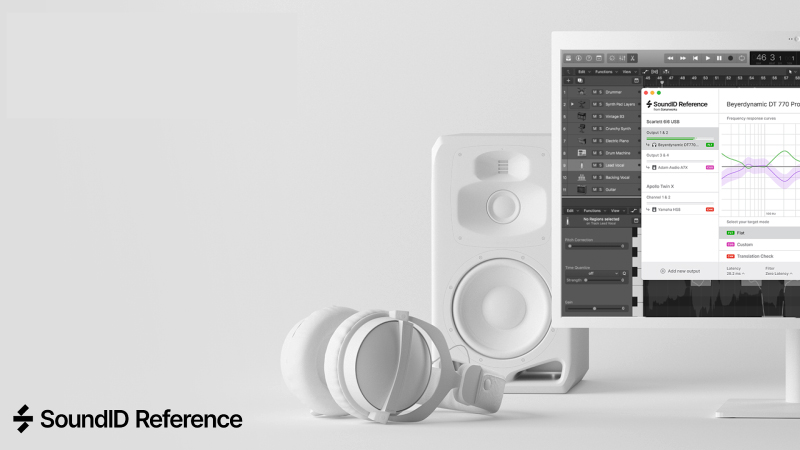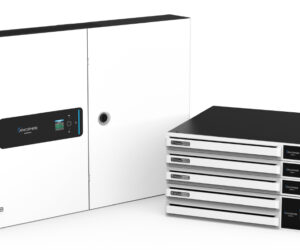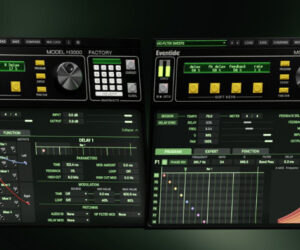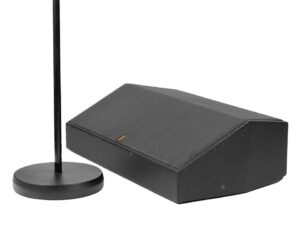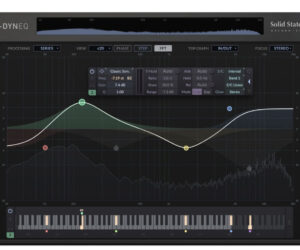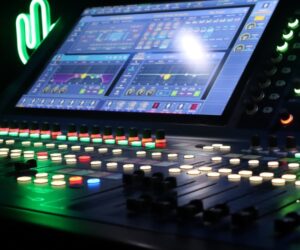Sonarworks has announced the launch of SoundID Reference, a new version of its headphone calibration software currently known as Sonarworks Reference, with updates that include Custom Target, Translation Check, improved systemwide drivers for Windows users, and other enhancements to the user interface.
“We’re excited to finally release what we’ve been working on for the last year,” says Martins Popelis, Co-founder and CPO of Sonarworks. “We’ve taken in all the feedback from our Reference users and worked hard to incorporate some of the long-awaited features. Moreover, we have simplified the user interface and have added many improvements to streamline the overall workflow.”
With Custom Target, the user can create bell and shelf filters and adjust their Q value to boost or cut specific frequencies. A filter can be created by clicking on the target curve while the user has selected Custom as the target mode. Filter values can be changed by either dragging the points or by manually turning the frequency or gain knobs. Multiple filters can be combined to create a custom EQ preset according to what the user needs. The EQ presets can be renamed, duplicated or deleted.
A calibration frequency range adjustment is done by entering the “custom target mode” of the app or plugin and manipulating the side curtain sliders to adjust the frequency range to be calibrated. Calibration will only be applied within the active frequency range. It’s done by moving the two curtain sliders from the sides of the frequency graph. The user can limit high-frequency calibration with the right slider, low-frequency calibration with the left slider or limit the mid-range calibration by flipping the active calibration zone. Calibration range curtain sliders can be used in combination with the adjustments to the target curve.
Translation Check is designed to save time by simulating a plethora of different devices and device classes. The user can now access a library of 20 predefined simulations that will allow them to check their mix in different listening environments without having to leave their current surroundings.
In addition, the SoundID Reference Windows audio device insert is designed to provide a simple, straightforward experience by allowing the user to skip the use of a virtual device driver. This mode is also stated to enable very low latency. Meanwhile, the new virtual ASIO-to-ASIO driver is for ASIO users who still want their calibration to be done through the Reference app and not the plugin.
Based on customer input, Sonarworks the UI to provide a number of updates. For instance, device and profile presets have been reimagined to provide clear structure and hierarchy. The headphone selection has been rebuilt and now provides a more user friendly way to find and attach a headphone profile to a preset. To help users hear a track in a different way and notice any missed imperfections in the audio mix or stereo balance, SoundID Reference provides a left / right channel switch option.
SoundID Reference is available for purchase and upgrade, and users can also experience the new update with unlimited functionality during a 21-day free trial by going to sonarworks.com/soundid-reference/trial.


